Group members:
Yuying Wang (Abbey), Keyi Cao, Kye Li Chia, Manfredi Marullo, Xiaole Zang (Zoey), Carlotta Montanari
Brief:
Design a set of pluriversal household objects
Date:
3rd February - 10th March 2023
We settled on the concept of a "Picnic with the Bees" which involves creating a picnic set for users to dine with the bees, allowing them to learn and appreciate these creatures while also raising awareness about their population decline.
We made the decision to incorporate a handwoven picnic basket and flower vase in the design, both of which were made using wood and lemongrass. We learned how to weave the basket from a Youtube tutorial by Textile Indie.
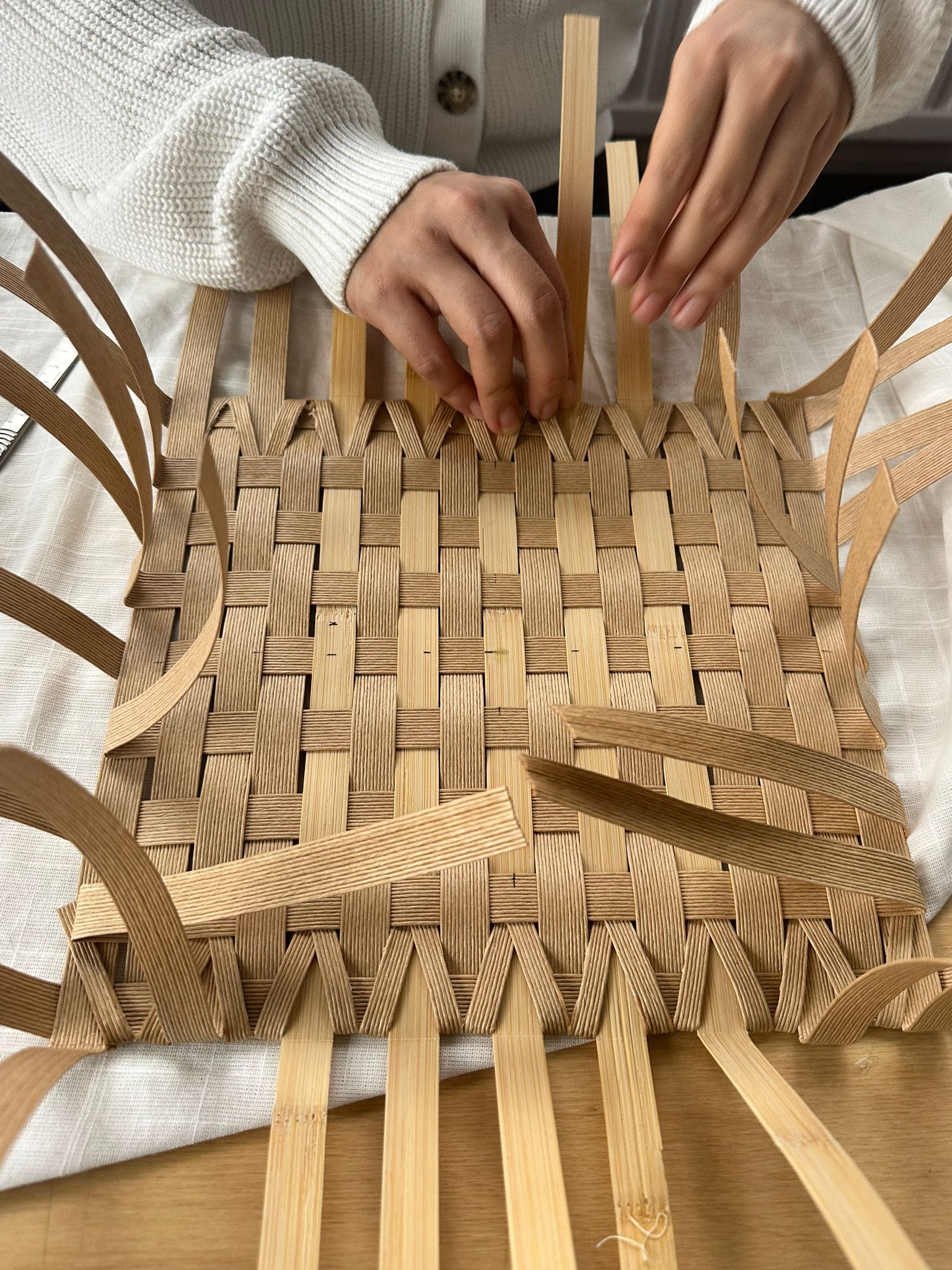
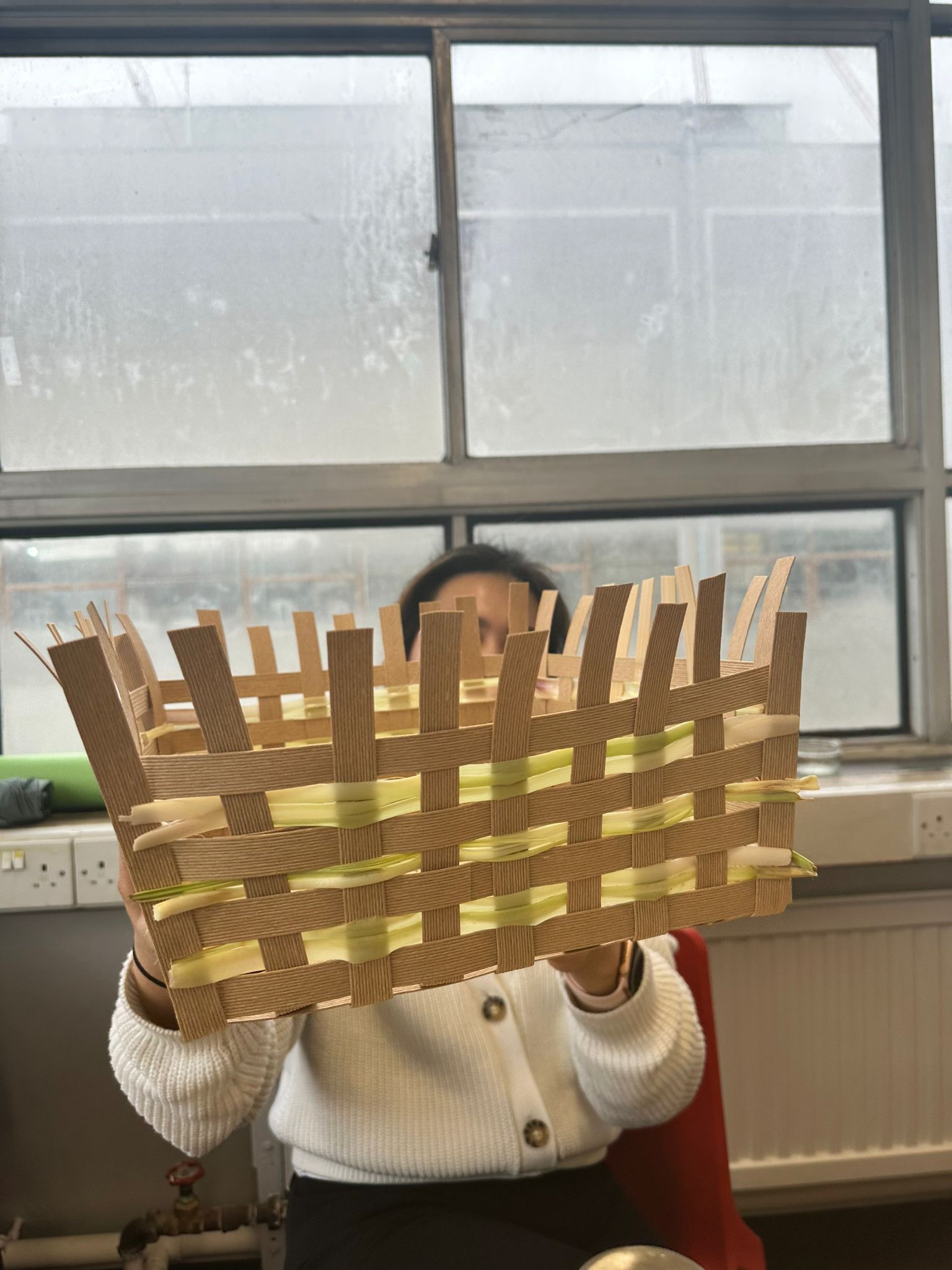
Additionally, we also included a picnic mat that was dyed with turmeric. We opted for lemongrass and turmeric in our design because they possess UV-reflective properties that aid bees in locating food sources. This was inspired by the ultraviolet patterns on flowers which act as "landing zones" for bees to navigate to pollen and nectar.
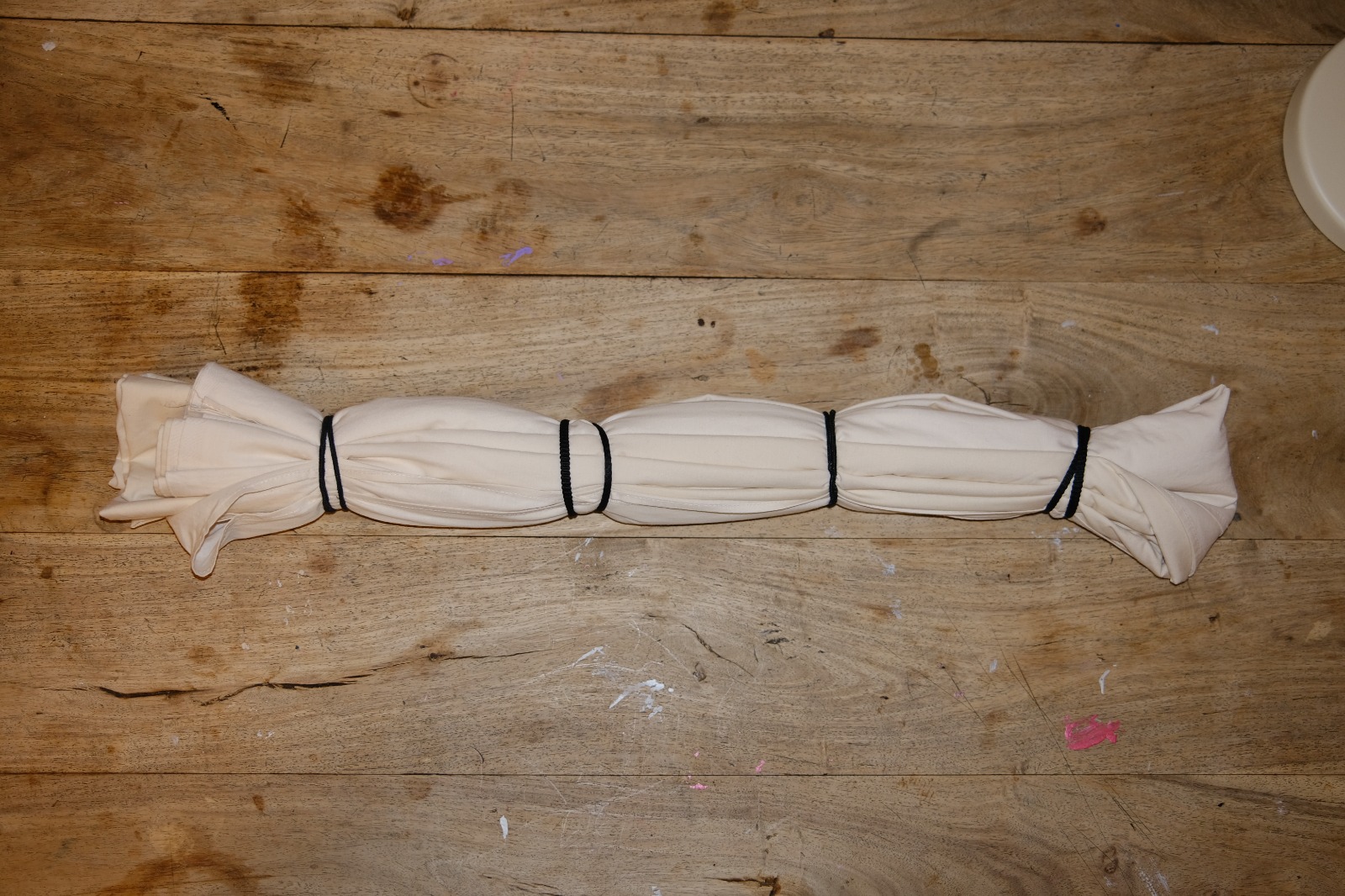
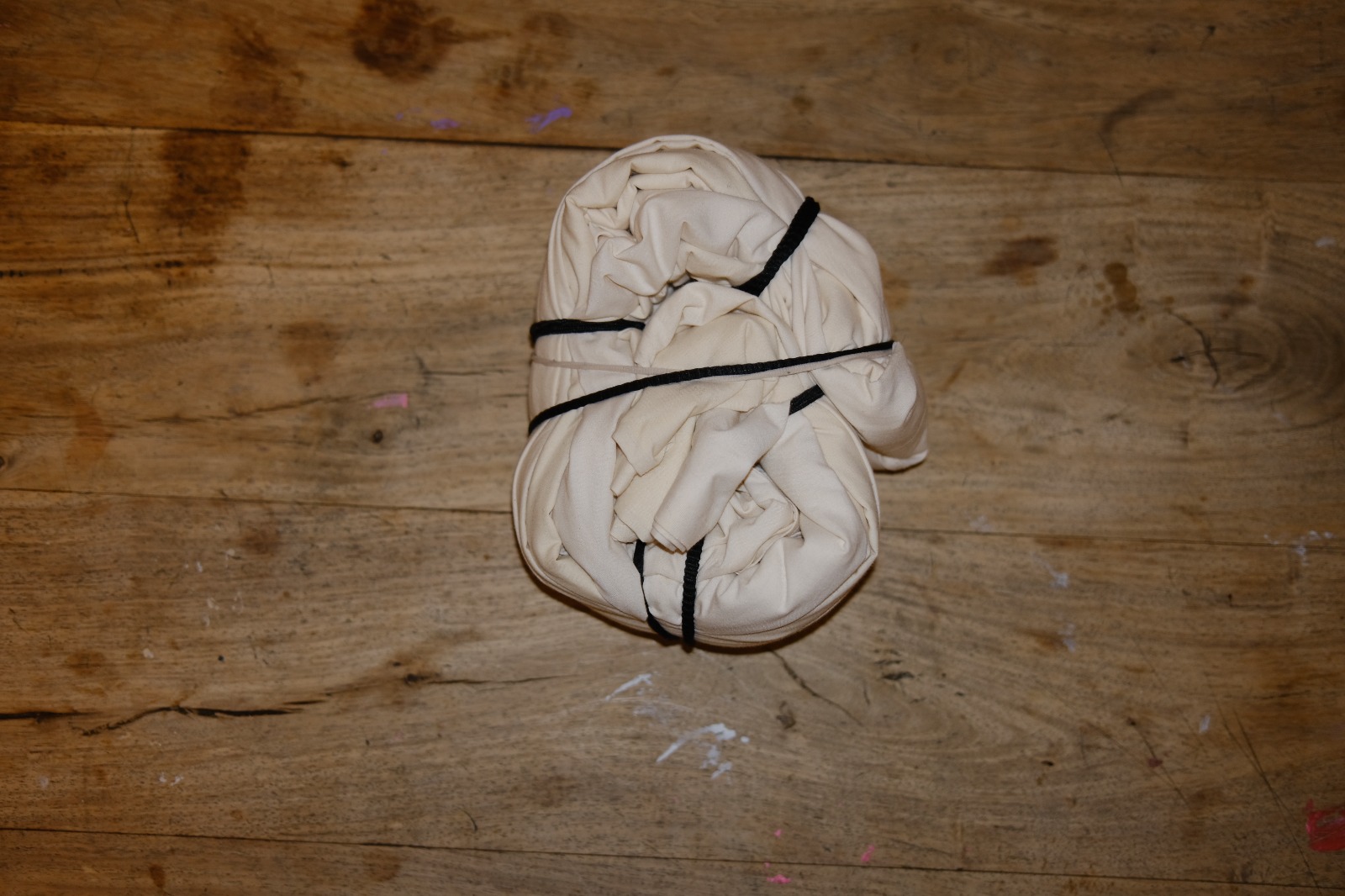
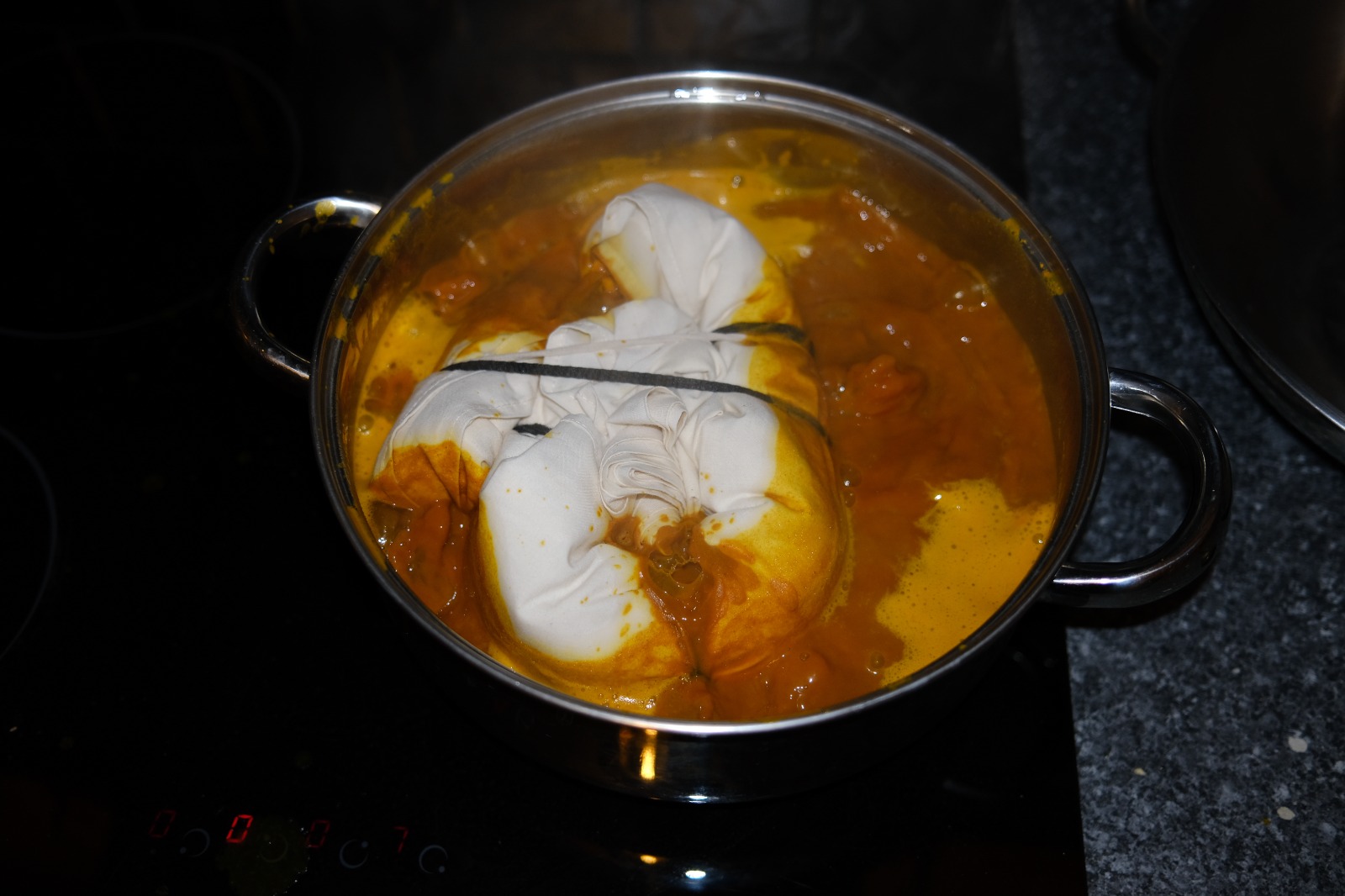
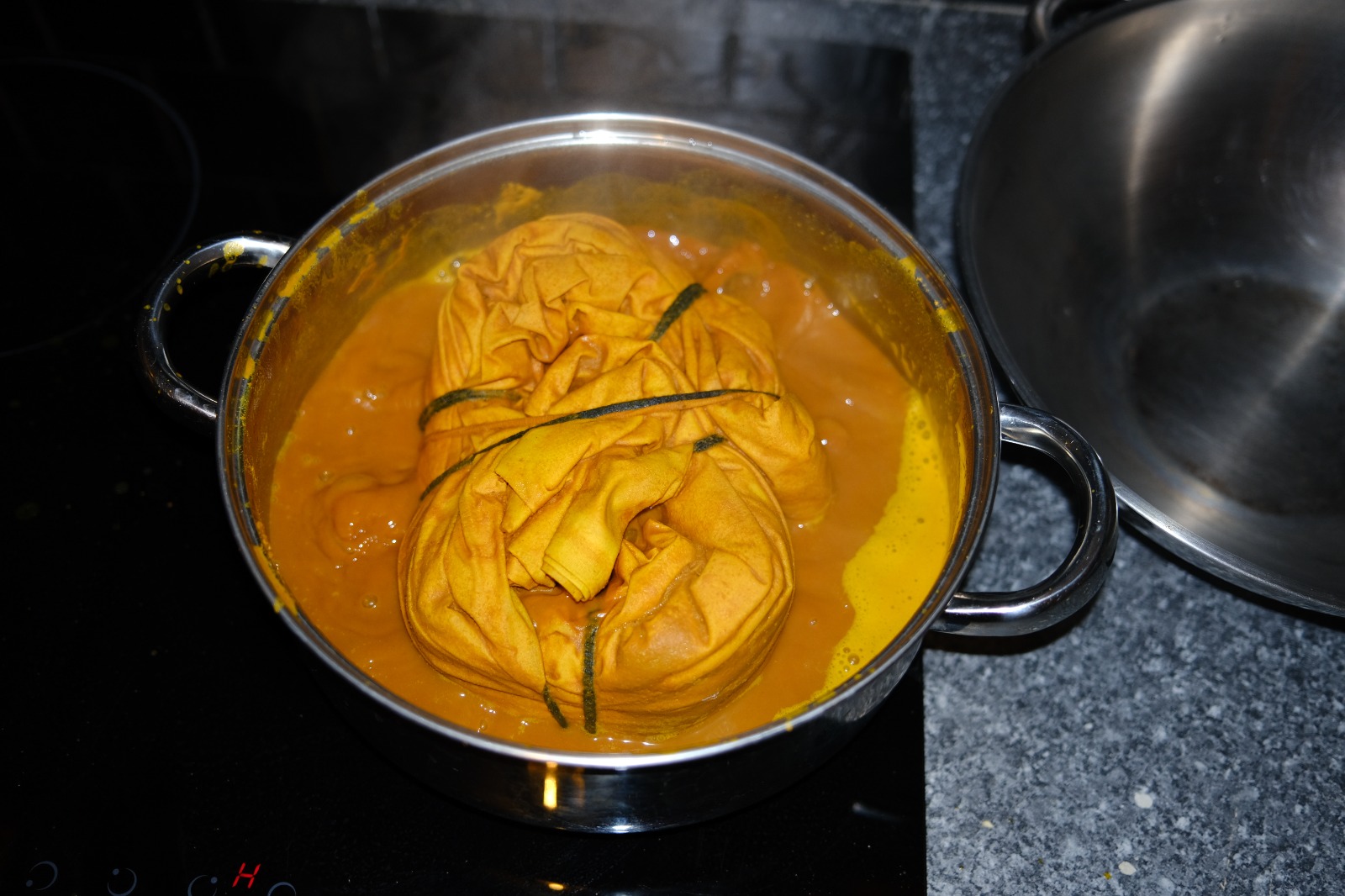
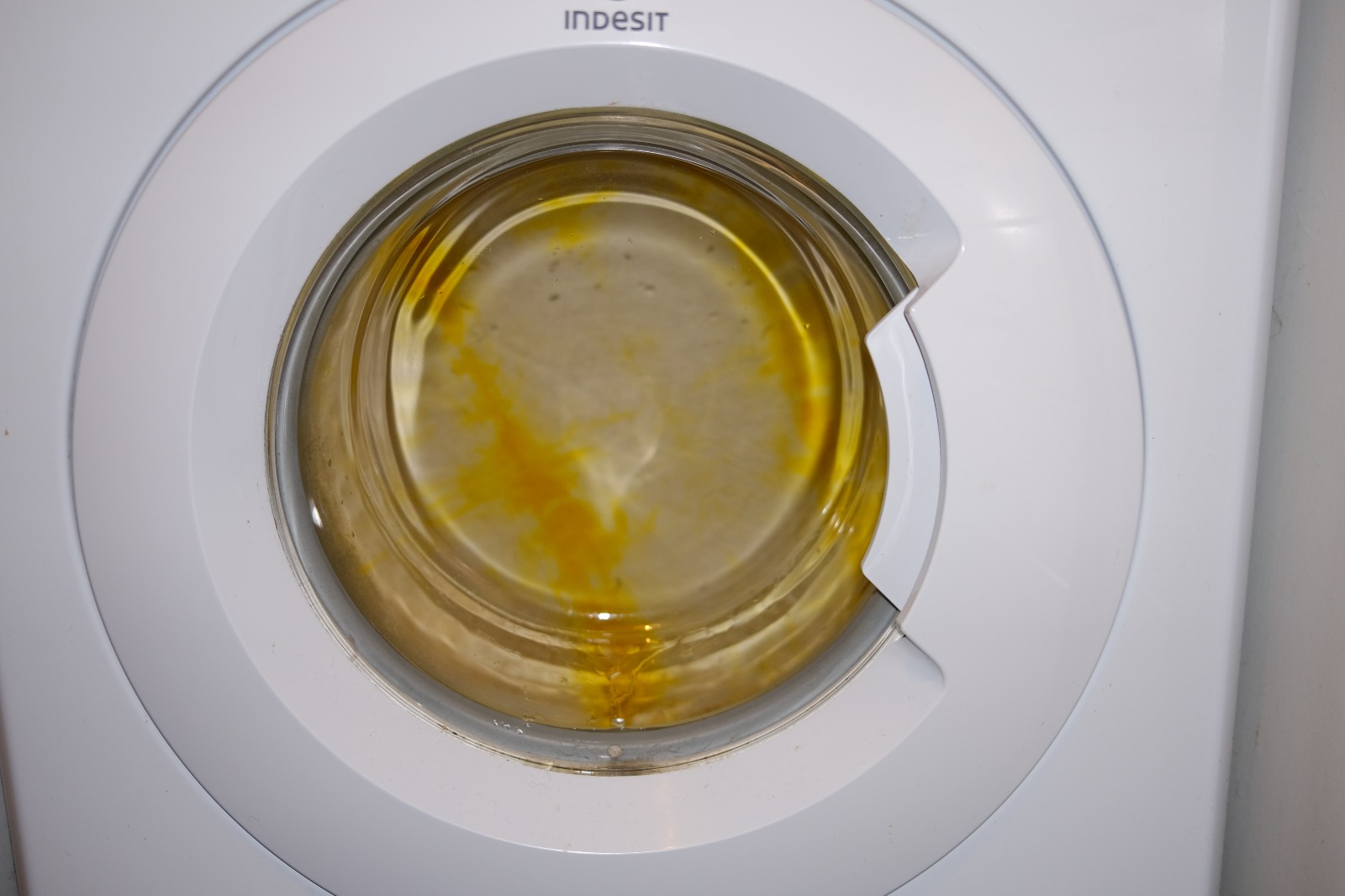
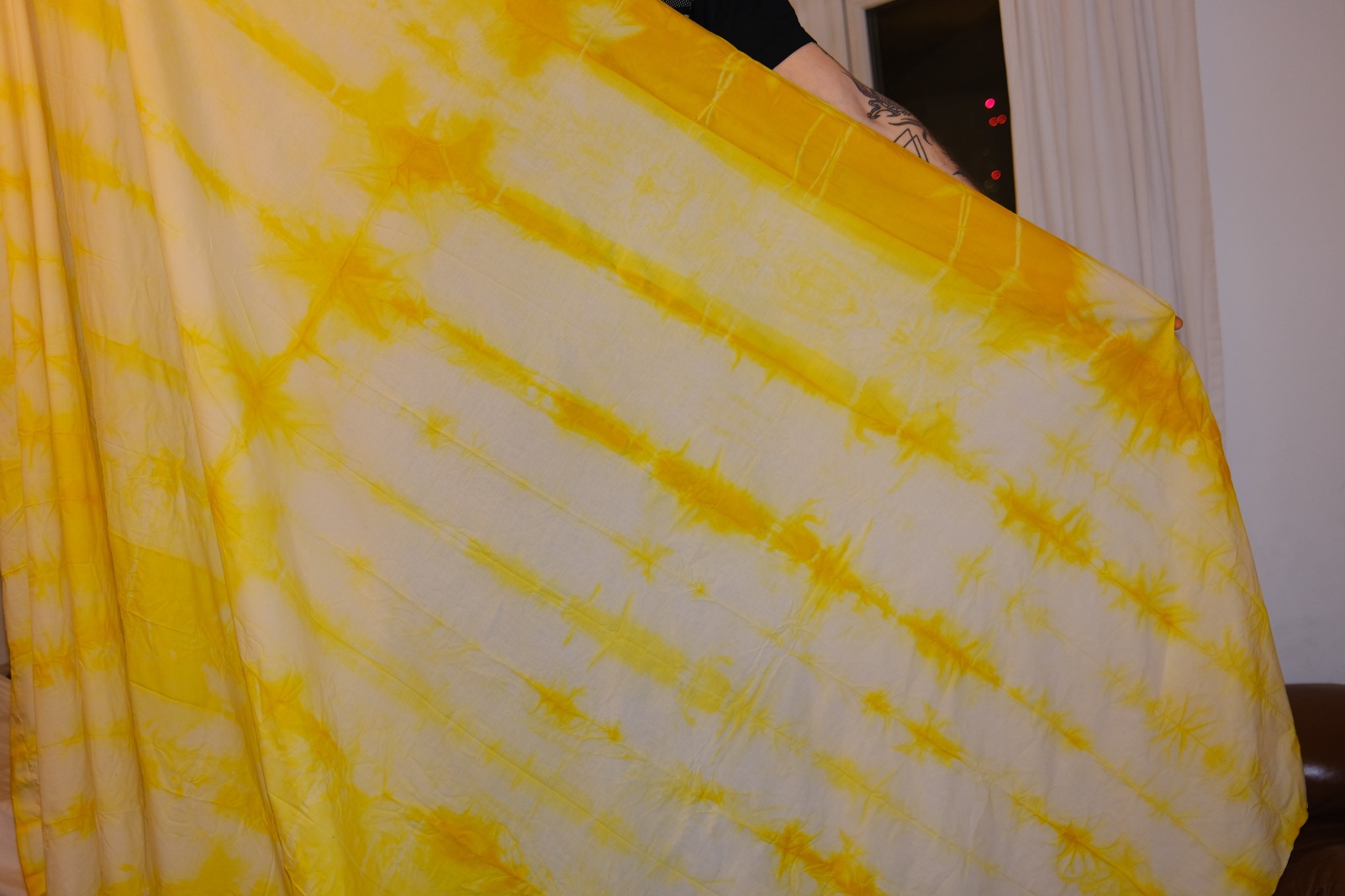
In the early summers and late winters, bees experience a lack of food sources due to the decreased numbers of blooming flowers, so we decided to create artificial flowers that can be filled with sugar water to feed the bees. To encourage wider participation and help the declining bee population, we used easily accessible materials like paper and bottle caps to create the flowers.
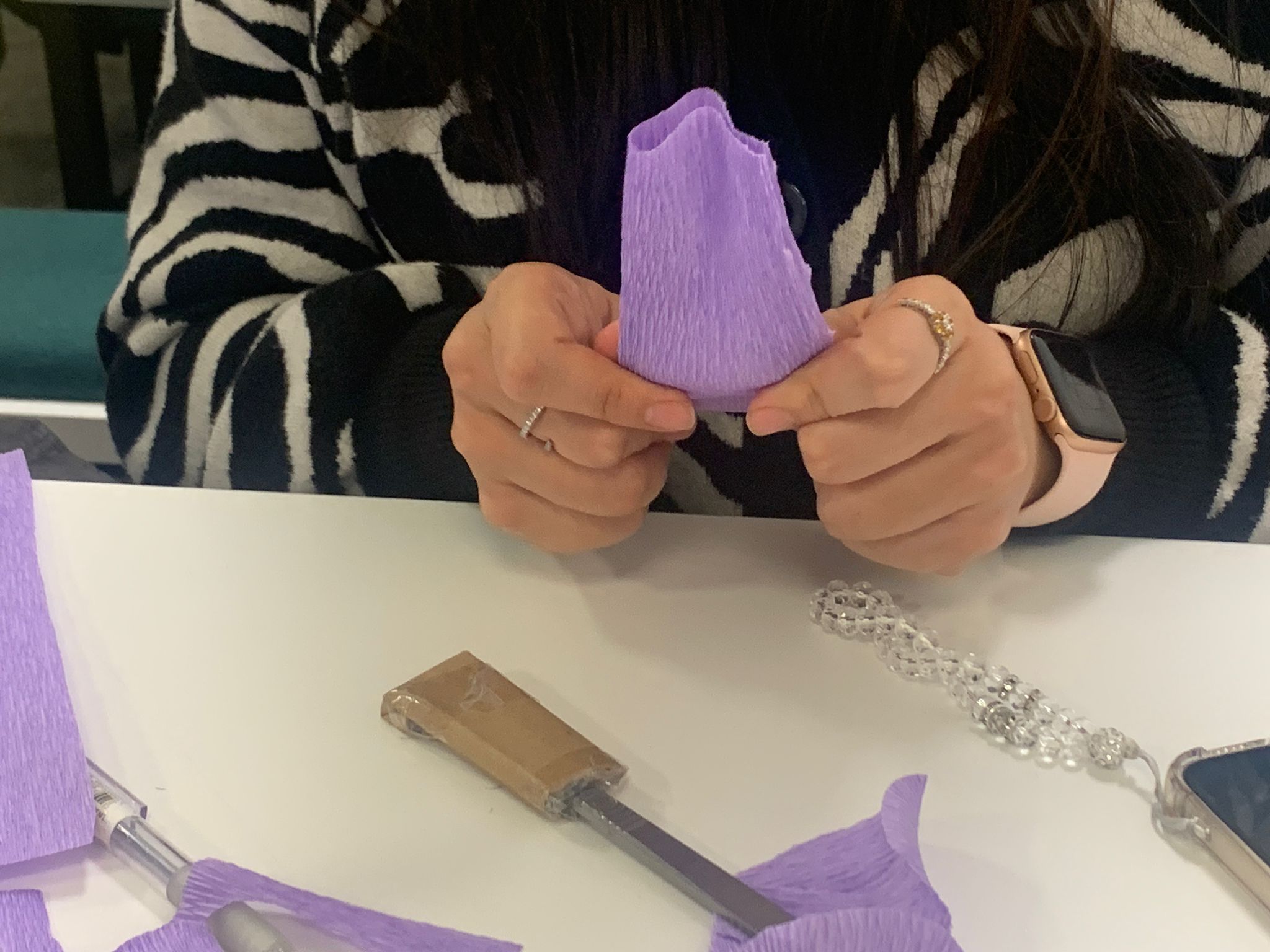
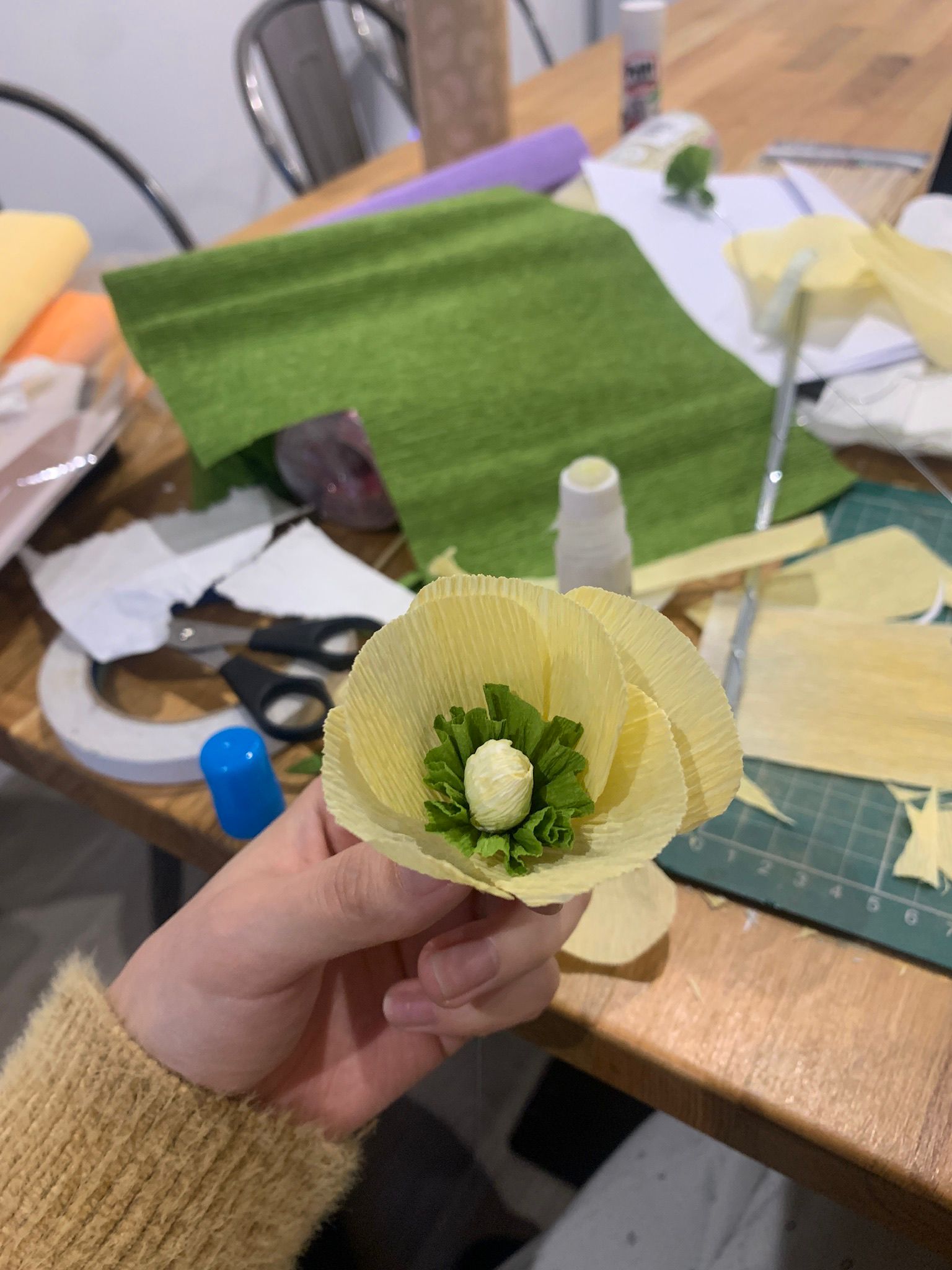
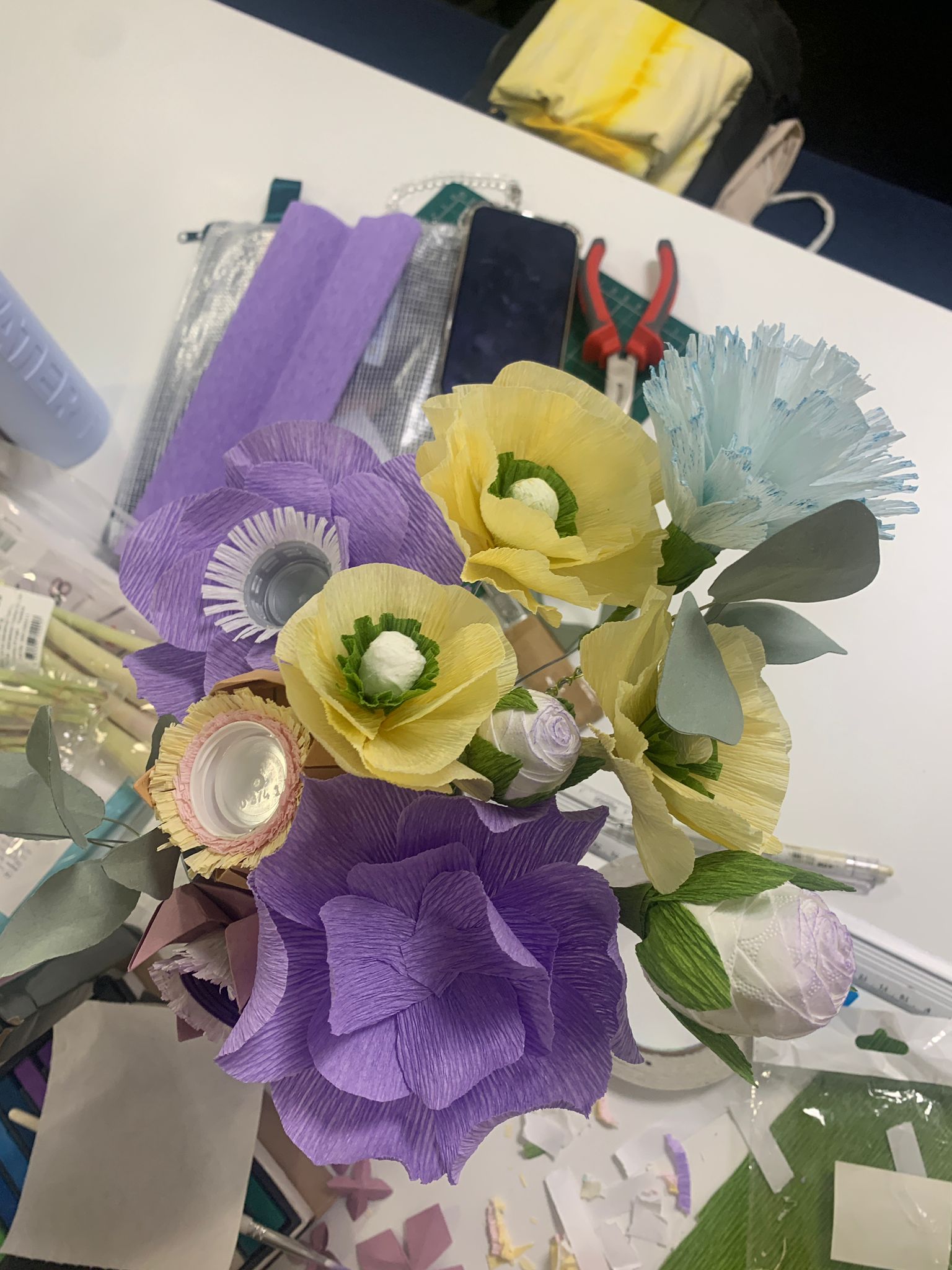
We also filmed Tiktok tutorials to reach a broader audience. To ensure that the information and videos are readily accessible, we set up a website to store project details and link to the Tiktok videos.
Additionally, we incorporated plates, cutlery, glasses, napkins and food into the final design to involve humans in the activity.




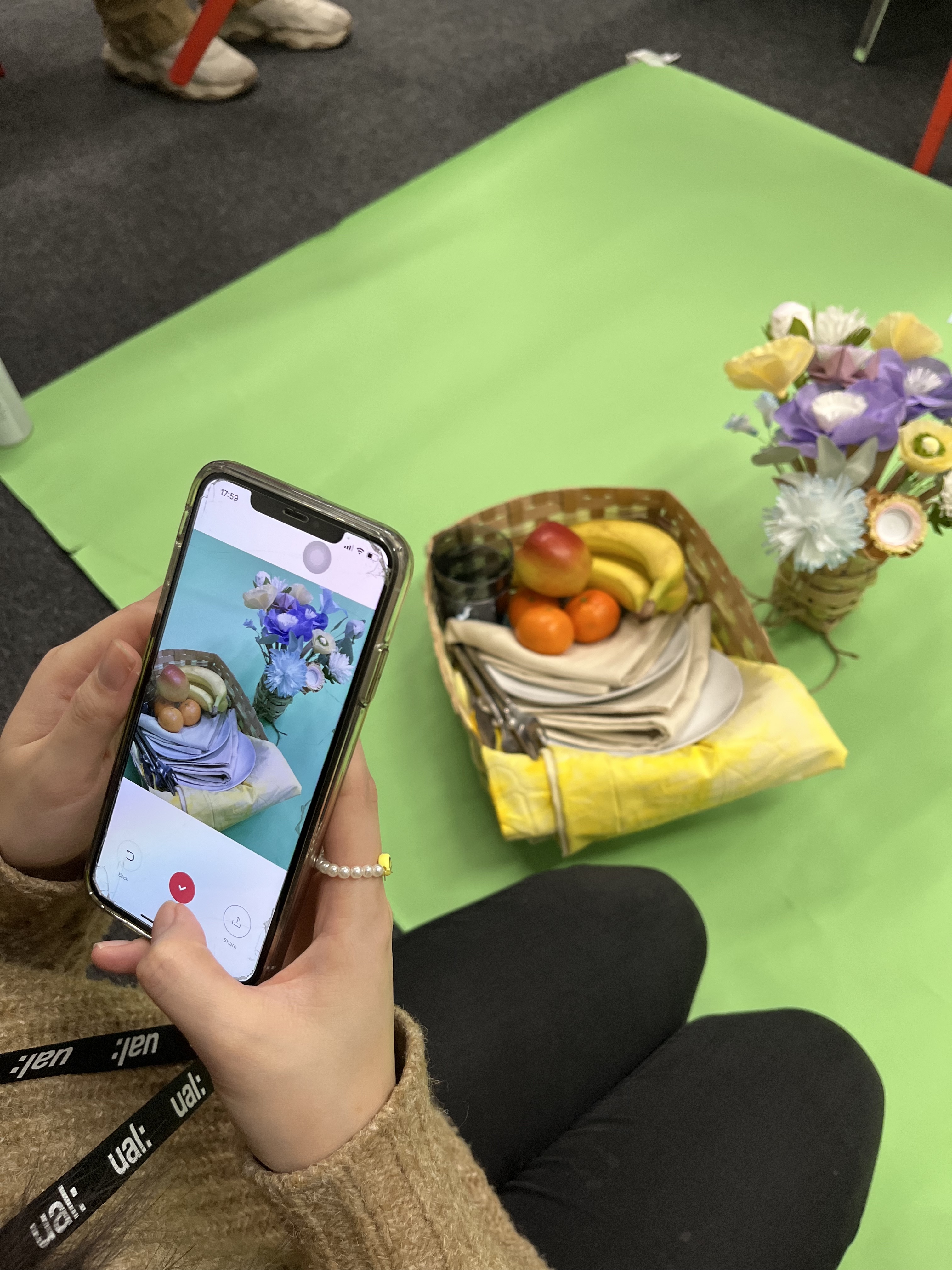

Feedback:
- Natural approaches to solving this problem to provide forage for bees
- Growing certain flowers in the spring (guidance)
- Teach the community: Why you shouldn’t be afraid of bees? (Why foster connection and not teach them?)
- Summer and winter versions of the product because winters are wet and cold
- How do you stop the bees from getting to the human food
- Biodegradable - wildflowers (The flower doesn’t need to look like flowers?)
- Planning how it will work and how to pick them up after
Reflection:
I am pleased with the final outcome of our project despite facing some challenges during the initial stages. I am particularly grateful that we opted to shift our focus to designing for the bees to address the issue of pollination. We were worried about the design feasibility and played it safe. I acknowledge the tutors' feedback that we could have been more daring with our ideas. If given more time, I would be interested in exploring alternative designs for bee feeders that don't rely on flowers.
